Most of us read “The Yellow Wallpaper” by Charlotte Perkins Gilman sometime during college.
The short story first fell into obscurity for decades after its original publication in January 1892. Since being rediscovered in 1970, “The Yellow Wallpaper” has become a standard for anthologies and women’s studies courses.
Gilman’s most famous work follows an unnamed narrator as she attempts to adhere to the “rest cure” her physician husband, John, persuades her she needs. The couple and their infant son spend three months in a rented dilapidated home where the new mother is confined to a rundown nursery with hideous yellow wallpaper that she increasingly believes holds a secret behind an impossible-to-decipher pattern.
Character Analysis
Characters
Unnamed protagonist
John
Jennie
Jane
The unnamed protagonist is a new mother to a baby boy who is suffering from a temporary nervous condition. Her husband insists that she needs to rest with no stimulation, including socializing, writing and caring for her son.
She’s known to have an active imagination and, in the past, has anthropomorphized furniture. With nothing to focus on besides the dingy badly designed yellow wallpaper, the woman begins to lose her grip with reality.
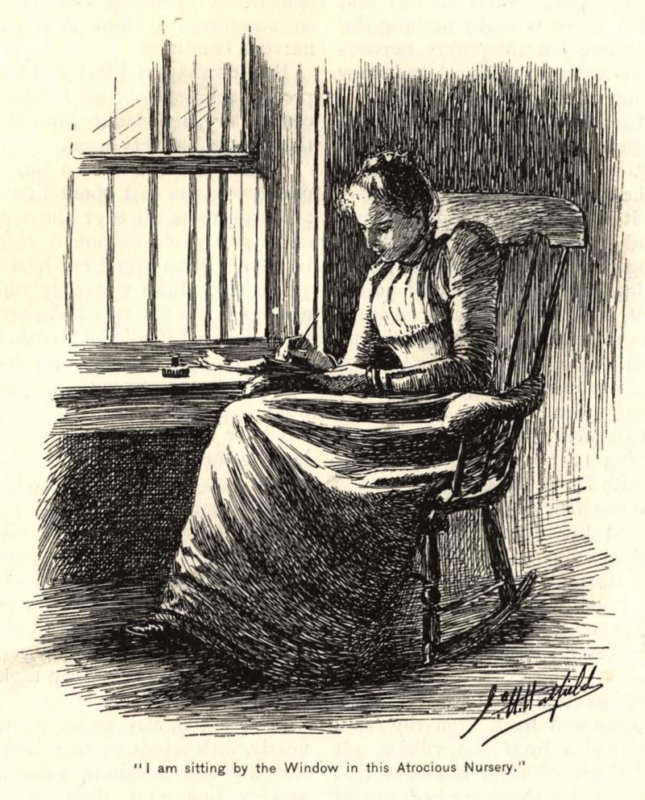
The narrator’s overbearing but well-meaning husband John oversees the protagonist’s treatment. He’s a physician who aligns with the prevailing wisdom of the time to treat postpartum depression with rest and rich foods. He deliberately gaslights and ignores his wife’s requests for more stimulation and interaction with relatives. In fact, he calls her “little girl” and insists she sublimate her feelings and only listen to him because he’s a doctor.
John’s sister, Jennie, cares for the couple’s son and her while John is away helping patients. She eventually begins to suspect something is amiss when she notices her adult charge sleeping frequently throughout the day and finds yellow smudges from the wallpaper on the clothes.
Jane is only mentioned at the story’s conclusion. She is believed to be the unnamed narrator’s identity.
Plot Summary
Shortly after giving birth to a son, a woman develops a nervous condition that her well-meaning husband, John, knows can only be resolved through a stringent regiment of rest and isolation. This includes actively discouraging his wife from writing or traveling to visit family.
Not only does the “rest cure” fail to improve the wife’s nerves, but she also becomes frailer and more depressed with frequent crying spells and spends much of the day napping in the nursery and benches in the garden below.
The short continues throughout the three-month stay with infrequent written updates from the protagonist. She finds herself staying awake at night to observe the wallpaper under several types of light–twilight, candlelight, lamplight and moonlight–to find the woman creeping beneath it.
On the final day of the “rest cure,” John stays in town, and the narrator tells Jennie she wants to sleep alone. She does this under the guise of destroying the wallpaper and freeing the trapped creeping woman.
John eventually returns to find the nursery locked and his wife inside walking pressed against the wall in unending circles. “‘I’ve got out at last,’ said I, ‘in spite of you and Jane! And I’ve pulled off most of the paper, so you can’t put me back!’”
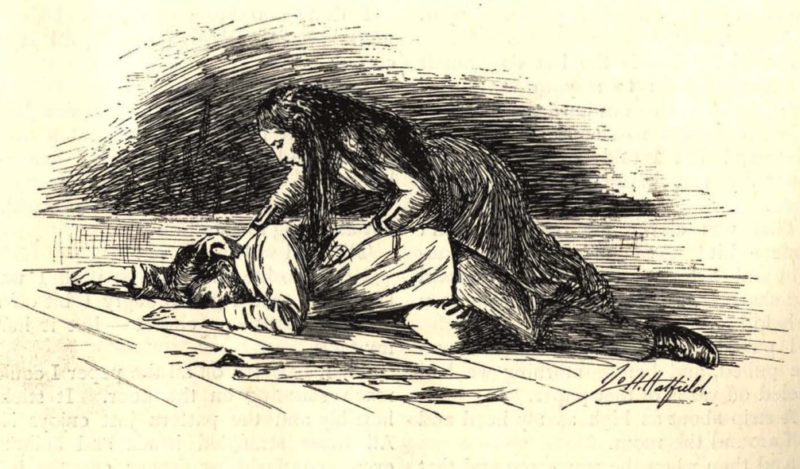
Final Thoughts
Themes of female oppression, medical neglect and gaslighting, and the harm caused by failing to adjust treatment to individuals make “The Yellow Wallpaper” a timeless read.
Nevertheless, modern readers may have difficulties with the pacing and writing style of the story. The roughly 10-page story can feel slow and plodding by contemporary standards. Gilman includes lengthy, detailed descriptions of the wallpaper itself: “The color is repellant, almost revolting; a smouldering, unclean yellow, strangely faded by the slow-turning sunlight. It is a dull yet lurid orange in some places, a sickly sulphur tint in others.”
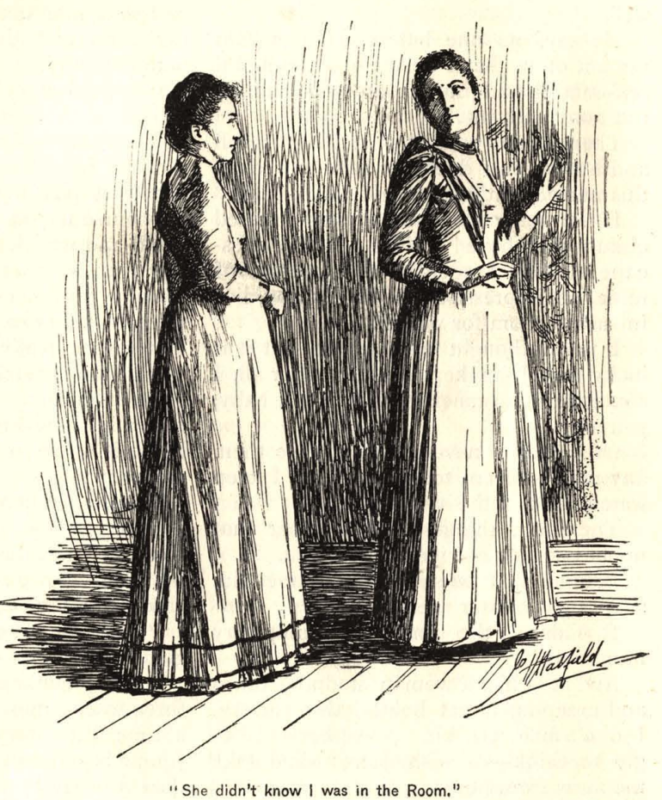
The unnamed protagonist’s inability to have a direct conversation with her husband without bursting into tears makes it difficult to remain sympathetic to her. Audiences may lack understanding of the gender dynamics of the late 1800s, particularly with John being a doctor, that forces the narrator to comply with his requests, even if they prove detrimental.
When concluding “The Yellow Wallpaper,” Gilman cleverly exhibits the protagonist’s dissociation. The woman realizes on her final night in the nursery that she must remove the yellow wallpaper and rescue the woman behind it. To this end she rips the paper from the wall, locks the door to keep John and Jennie out, throws the key outside for John to find, and repeatedly creeps around the nursery on her knees.
The fact she continues her orbit around the room after John faints further shows how she aligns herself with the woman once trapped beneath the “repellant” wallpaper.
Despite some challenges in understanding all the details in the 134-year-old short story, “The Yellow Wallpaper” remains relevant and should continue to receive widespread readership.
Rating
My rating is 4/5 stars.
Story Details
Title: “The Yellow Wallpaper”
Author: Charlotte Perkins Gilman
Year of Publication: 1892
Number of Pages: 8-10


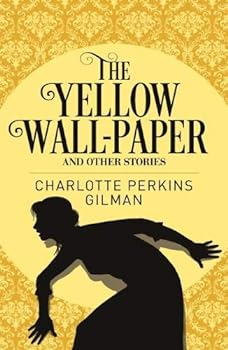

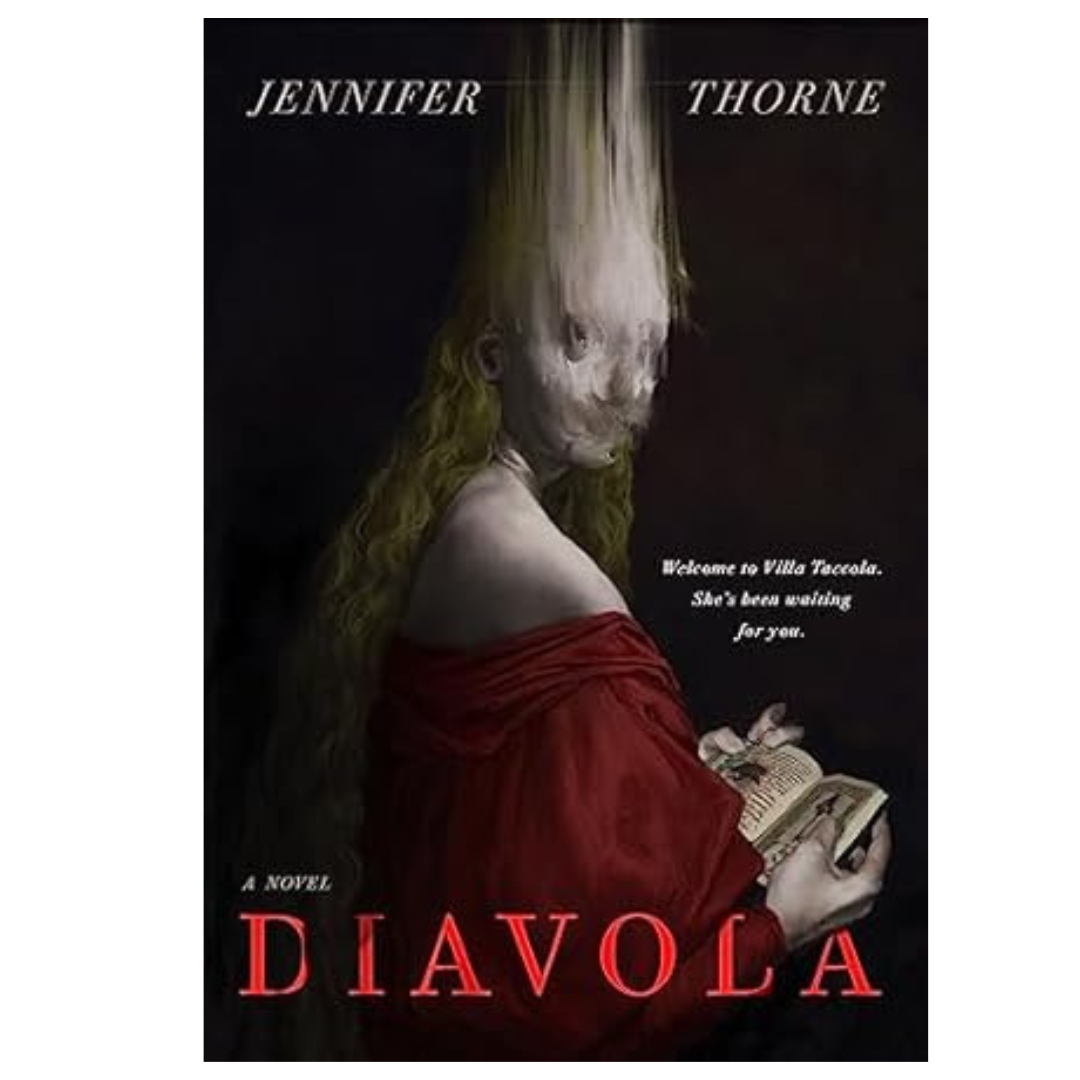





Comment on “‘The Yellow Wallpaper’: Feminist response to medical sexism”